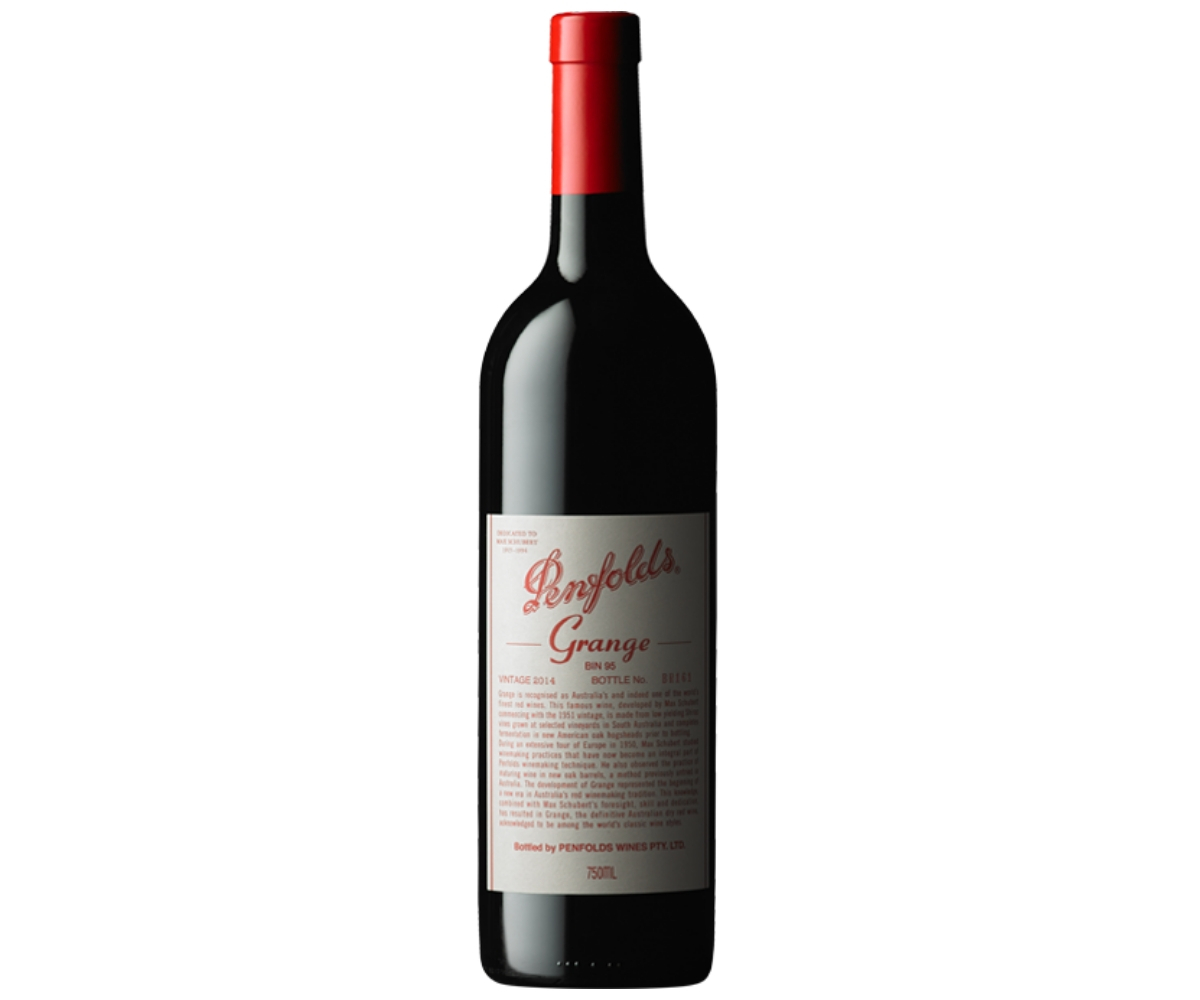It’s time to restock the cellar!

Much has been said in real estate and financial circles about the growth of the Chinese middle class and their penchant for foreign investment and consumption, but if you place much credence in the 2016 Wine Australia Report figures, it seems that the Australian wine industry could be headed in the same stratospheric direction as the Sydney property market!
The Industry Report for December 2016 was released at the end of January this year, and provides data on export sales made by Aussie producers over the course of the 12 months ending 30 November 2016. And it’s not just the volume of Chinese import that is staggering, but the premier price point at which the growth is being achieved. Over the course of the year, bottled wine imports by Northeast Asia rose by 22%; a figure which is significant when you consider that overall bottled wine exports to all nations, rose by a more modest 10%. Our Mainland Chinese friends acquired our wines to a value of $520 million, making them now the biggest single market for the Australian Wine Industry. To put that in perspective, the USA (previously our biggest buyer) acquired wines to the value of $458 million and the UK, $355 million.
But as always, the devil is in the detail and when one analyses the figures closely, it turns out that the real growth is not in the low-end value wines, but rather at a premium and super-premium level. It seems that such is the perceived quality of Australian wines, Chinese consumers have shunned the cheaper stock to the point that by value of wines consumed, the growth in exports is about 40%! The 2016 Wine Industry report values the wine at the point of export and includes all production and associated costs, but excludes insurance and transport expenses. By that measure, of all exported wines at the $2.50 or less range, saw growth of only 0.2% and wines between $2.50 and $5 saw growth in sales value of about 3%. But thanks largely to the Chinese appetite for our premium wines, the exports of wines in the $30 – $49.99 cost range, achieved growth in sales of a whopping $78%.
By varietal, it’s our Shiraz and Cabernet Sauvignon that are driving the growth as they saw sales increases of $16% and 12% respectively (Chardonnay managed a meagre 4% increase and Merlot, only 1%).
Now growth at that level may or may not be sustainable, but one thing is for sure, if demand for our premium wines is sustained at that level, we might have to become accustomed to paying a whole lot more for our iconic home-grown reds. Maybe it’s time to re-stock the cellar?